Being the first woman to do something often results in outrageously unfair reactions or even downright cruel ones. When you read the backgrounds of the two women I’m featuring here, they have no apparent connection. One is British, one American, and they are not contemporaries, yet each woman disguised herself as a man and, for very different reasons, enlisted in the army.
Photo source: chrissyhamlin.blogspot.com/2018/dorothy-lawrence
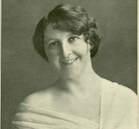
Dorothy Lawrence was born in Polesworth, Warwickshire, England, the daughter of Thomas Hartshorn Lawrence and Mary Jane Beddall, an unmarried couple. Details about her parents and early life are vague and contradictory, but in 1909 (one source indicates 1901) her mother either died or abandoned her. Her guardian, appointed by the church, was the wealthy and respected Mrs. Josephine Fitzgerald and her husband, staunch supporters of the Church of England in Salisbury.
During Dorothy’s early teens, the struggle for women’s rights and the right to vote was heating up in the United Kingdom. The movement challenged age-old perceptions about the role of women, and Dorothy decided on a career as a journalist. She succeeded in having several articles published by the Times and in Nash’s Pall Mall Magazine, but journalism was still a man’s world. Her chances of breaking into the field were slight to non-existent. Women didn’t get by-lines and those who had made it were relegated to light topics and women’s issues such as cooking and fashion. She needed a scoop to get noticed. Dorothy Lawrence - Public Domain
Photo source: en.wikipedia.org/Dorothy.Lawrence.woman.jpg
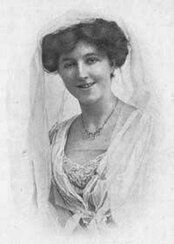
When the World War I broke out, she tried to get an assignment as a war correspondent. What she got was laughter and criticism. Newspapers and magazines couldn’t even get their male reporters to the front lines.
Dorothy, only 19, used her youthful wiles to convince the editor of the Times to help her get a passport to cross the channel to France. She used the same powers of persuasion to get her bicycle smuggled onto the ferryboat, and when they arrived on French soil she bicycled to Paris to volunteer for the Voluntary Aid Detachment.
When turned down for the VAD, Dorothy left Paris and went to the town of Creil, determined to write an article that would astound the journalism world. There were plenty of soldiers and action behind the lines, while the troops waited to be deployed, but not the kind of action she was looking for. After six weeks of staving off men who misunderstood her interest and brushing up on her French, she returned to Paris. Her plan to achieve her goal of reporting from the heat of the battle was to obtain access through the French quarter posing as a freelance journalist.
Two miles from the fighting, she was stopped by the police and sent back. She spent the night in someone’s haystack and decided the only way to get where she wanted to go was to disguise herself as a soldier.
WHAT AN ENGLISH GIRL, WITHOUT CREDENTIALS OR MONEY, ACCOMPLISHED
In the morning Lawrence peddled back to Paris where she met two British soldiers and convinced them to help her. The soldiers smuggled out a uniform for her, piece by piece, in their laundry. It took a while for her to pull off the ruse.
Ten men were involved in the acquisition of a full uniform. She later refers to them as her Khaki accomplices. Accouterments now in hand, she went about transforming herself into a male soldier. She flattened her chest with a home-made corset, bulked her shoulders with sacking and cotton-wool, and persuaded two Scottish military policemen to cut her long, brown hair in a short military style.
She darkened her complexion with Condy’s Fluid, took a razor to her cheeks to give herself a shaving rash, and then added tan shoe polish to finish the look. Finally she asked her soldier friends to teach her how to walk like a man, to drill and to march.
Dorothy Lawrence as teen - Photo source: Dorothy Lawrence in 1915 - Public Domain Photo source: www.wiltshireatwar.org.uk/Lawrence
chrissyhamlin.blogspot.com/2018/dorothy-lawrence en.wikipedia.org/wiki/Dorothy_Lawrence
Somehow she obtained forged identification in the name of Denis Smith, Leicestershire Regiment, and, dressed as a soldier, headed back to the British sector of the Somme River front lines. She ended up near the town of Albert where she met Tom Dunn, a member of the British Expeditionary Force Sapper, either on the road or in a ditch hiding. [A sapper is a soldier who performs a variety of military engineering duties such as breaching fortifications, demolitions, tunneling, bridge building, etc.]
Town of Albert, France, on Western Front WWI
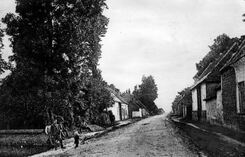
During the day she worked in some capacity as a sapper in the trenches 400 yards from the front line, tromping through contaminated water and dodging sniper fire, and at night returned to the cottage and subsisted on food and water Dunn and his comrades provided to her. In the Trenches At Somme - Photo Credit: PA
Source of Photos: www.dailymail.co.uk/article-2537793/
First she was interrogated by a colonel who thought her a spy and prisoner of war. Then she was transported to Calais and interrogated again by six generals and twenty other officers. After hours of misunderstanding each other, eventually the military determined she was a camp follower [prostitute] because they couldn’t fathom any other reason for her being there, although she tried to explain.
Photo source: http://www.theheroinecollective.com/dorothy-lawrence/
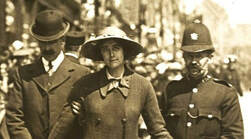
The British officials were so worried, Dorothy Lawrence knew if she could publish her story, she would have a hit.
When she got back to London, in poor health with no job and no family to go to, she tried to write an account of her experiences for the Wide World Magazine, only to have the War Office order her to destroy it. By forcing her to sign that affidavit, the government had taken away her ability to earn a living writing articles about her experiences. After the war, in 1919 Lawrence managed to publish her book entitled: Sapper Dorothy Lawrence, The Only English Woman Soldier. It got good reviews, but the conflict was over and people wanted to move on and put the war behind them, leaving her with no standing in the field of journalism and no income.
TRUTH OR CONSEQUENCES
Or is it, “The Consequences of Truth”?
By 1925 her mental and physical health had deteriorated. She was taken to the London County Mental Hospital. It was there she revealed to doctors she had been raped as a young girl by her guardian’s husband. The accusation was written off as delusional and never investigated. Lawrence’s biographer Simon Jones says, “…if it was true it might go some way to explaining why she did what she did during the 1st World War. We know today that victims of sexual abuse do not value their own well-being – did Dorothy deliberately put herself in danger by going to France? If she understood the danger she was in, she did not seem to fear it. Albert in the Somme in those days was somewhere even the soldiers tried to avoid – they would even deliberately injure themselves – yet she headed straight for it.” chrissyhamlin.blogspot.com/dorothy-lawrence
Chrissy Hamlin writes, “Jones later found that Lawrence's rape allegations were sufficiently compelling to be included in her medical records, which are held in the London Metropolitan Archives but are not available for general access.”
Dorothy Lawrence was transferred to Colney Hatch Lunatic Asylum where she remained, unvisited by anyone, for 39 years until her death in 1964. What a terrible waste of a life. □
 CATHAY WILLIAMS (1844 – 1893?) Cathay Williams was born in Independence, Missouri. Her father was a free man, her mother, a woman in slavery, making Cathay’s legal status also that of a slave. Williams was also the first African-American woman to enlist and serve in the regular United States Army in the 19th century, the only woman documented to serve in the army posing as a man and prior to the official changes in the rules, and the only known black female Buffalo Soldier. She grew up working as a house slave on the Johnson plantation outside Jefferson City, Missouri, and was there when the Civil War began in 1861 and Union forces occupied the city. At that time, any slaves captured were considered “contraband” and could be forced to serve the military as paid servants. Cathay Williams was seventeen when she was pressed into service by the 8th Indiana Volunteer Infantry Regiment, and she traveled with them for several years, giving her a taste of army life. She was working at Jefferson Barracks in Washington D.C., as a cook, under General Philip Sheridan’s command, when the civil war ended in 1865. There is nothing recorded which explains her reasons for wanting a military career. She most likely had no place else to go, and this was a job open to African-American males that promised consistent employment and somewhat decent wages. She probably was uneducated and had no other job prospects. Unfortunately, women were not allowed to enlist. Enlistment Papers - Document from the National Archives, retrieved from buffalosoldier.net Photo Source: www.buffalosoldier.net/CathayWilliams |
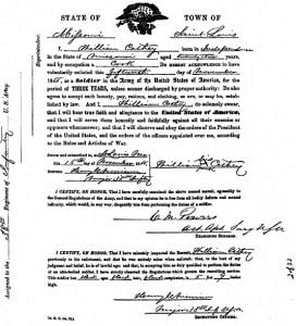
Nonetheless, in November of 1866, disguised as a man, she managed to enlist in the 38th U.S. Infantry, Company A, in St. Louis Missouri, as William Cathay. Some sources cite a cousin and a friend who enlisted first, who not only knew William Cathay was female, but also served in the same regiment. That seemed possible to me, considering the original 8th Regiment probably took other slaves into their employ as well as Cathay. However, there is no further mention of these men.
Her faux surname was written incorrectly by the recruiter as Cathey and all her military records carry that name. She informed the recruiter she was a twenty-two year old cook. On her enlistment papers the recruiter gave her description as 5’9”, with black hair and black complexion.
Painting of Cathay Williams by William Jennings from the U.S. Army Profiles of Bravery
Public Domain - Photo source: en.wikipedia.org/wiki/Cathay_Williams
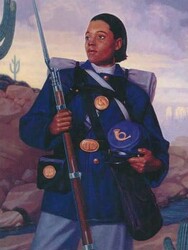
After several months of training at Jefferson Barracks, Missouri, Company A then marched first to Kansas, then to New Mexico, and back to Fort Cummings, Missouri, where they stayed for eight months.
The hard life and marching took a toll, and Cathay’s health deteriorated. She was hospitalized five times in four different hospitals and missed quite a few days of duty. The final time she was admitted to the hospital was at Fort Bayard, New Mexico, where she was diagnosed with rheumatism and neuralgia. [Neuralgia was a term applied to acute nerve pain, but can be the symptom of several diseases, so the doctors never really understood what was wrong with her.]
Army soldier Cathay Williams by artist Will Davis
Photo source:newsroom.woundedwarriorproject.org/Cathay-Williams
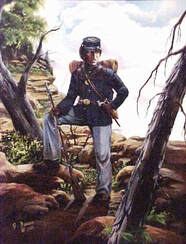
IS THERE LIFE AFTER THE MILITARY?
Honorably discharged on October 14, 1868, Cathay returned to life as a female and, using her own name, took a job as cook for Fort Union, New Mexico. Later she moved to Pueblo, Colorado and worked at a laundress. She married briefly, but her husband stole money and a team of horses from her, so she had him arrested and put in jail. From there, she moved to Trinidad, Colorado, where she was known as Kate Williams and earned her living as a seamstress, cook, and doing other odd jobs.
A reporter from St. Louis got wind of her story and interviewed her. The article appeared in the St. Louis Daily Times on January 2, 1876. Information from that interview is probably the most accurate information available to describe Cathay’s feelings and motivations, but was after-the-fact by ten years.
In 1890, Cathay was hospitalized for a year and a half, which left her destitute. She applied for a pension from the U.S. Army, claiming her disabilities of deafness, rheumatism, and neuralgia resulted from, and were apparent during her time with the Army. During her stay in the hospital in Trinidad, all of her toes had been amputated, and she could only stand using a crutch.
The Army denied the claim, stating that she had no disabilities [although there was no question that she did], her conditions were preexisting, and her service in the Army was not legal [but didn’t note why it was illegal].
Statue, Levenworth, Kansas, dedicated in 2016
Photo source: sheroesofhistory.wordpress.com/cathay-williams
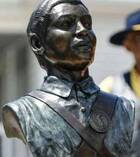
Recognizing and honoring Cathay Williams for being the only documented black woman who served in the Regular Army infantry during the 19th century is important and fitting. That in itself is remarkable. The fact that she was able to enlist at all and keep others from finding out for two years is even more astounding.
The real lesson her life teaches us is that regardless of the circumstances, whatever the odds, she prevailed over everything life sent against her. She prevailed and did so with courage, honor and dignity. For that she will be remembered in history.
AFTERWORD
Knowledgeable people who have researched Cathay William’s life and medical records speculate that she had a mild, non-insulin-dependent form of diabetes. Apparently that would account for most of the aliments Williams suffered and, without proper treatment and diet, increased her susceptibility to viruses which, no doubt, abounded under those conditions. It would account for the nerve pain and overall weakness. Today, this condition can easily be controlled with diet and exercise. Even then, had diabetes been diagnosed, she was young enough to be treated.□
NOTE: “Buffalo soldiers were African American soldiers who mainly served on the Western frontier following the American Civil War. In 1866, six all-black cavalry and infantry regiments were created after Congress passed the Army Organization Act. Their main tasks were to help control the Native Americans of the Plains, capture cattle rustlers and thieves and protect settlers, stagecoaches, wagon trains and railroad crews along the Western front. No one knows for certain why, but the soldiers of the all-black 9th and 10th Cavalry Regiments were dubbed “buffalo soldiers” by the Native Americans they encountered.” https://www.history.com/topics/westward-expansion/buffalo-soldiers
Apparently they had nothing to do with buffalo.
Sources: Dorothy Lawerence
https://en.wikipedia.org/wiki/Dorothy_Lawrence
https://www.readersdigest.co.uk/inspire/life/7-inspiring-women-who-shaped-britain?qt-latest_popular_featured_tabs=1
https://www.historytoday.com/archive/months-past/dorothy-lawrence
https://womeninthegreatwar.weebly.com/dorothy-lawrence.html
https://www.bing.com/images/search?view=detailV2&ccid=plAUpqkO&id=F60DFAEFBE28F37815079C78B90C3C7145461257&thid=OIP.plAUpqkOCNp3ml_ahSw4BQHaE7&mediaurl=http%3a%2f%2fwww.wiltshireatwar.org.uk%2fwp-content%2fuploads%2f2015%2f06%2fDorothy-Lawrence1.jpg&exph=4
https://www.history.com/topics/world-war-i/battle-of-the-somme
https://www.dailymail.co.uk/femail/article-2537793/She-fought-Somme-disguised-Tommy-did-Dorothy-die-unloved-unlauded-lunatic-asylum-Incredible-story-British-woman-fight-trenches.html
https://www.youtube.com/watch?v=caAW6e3d7C0
http://primaryfacts.com/5461/dorothy-lawrence-facts-and-information/
https://spartacus-educational.com/FWWlawrenceD.htm
https://chrissyhamlin.blogspot.com/2018/01/dorothy-lawrence-journalist-sapper-at.html
https://en.wikipedia.org/wiki/List_of_wartime_cross-dressers
http://www.wiltshireatwar.org.uk/story/sapper-dorothy-lawrence-a-forgotten-wiltshire-heroine/
https://www.stylist.co.uk/visible-women/dorothy-lawrence-female-war-correspondents-facts-quotes-ww1-sapper-life-forgotten-women-issue-409/198448
https://www.wolseytheatre.co.uk/shows/absent-friends/9-the-disappearance-of-dorothy-lawrence-copyright-museum-of-london-sm/
http://www.theheroinecollective.com/dorothy-lawrence/
Sources: Cathy Williams
https://en.wikipedia.org/wiki/Cathay_Williams
https://newsroom.woundedwarriorproject.org/The-Only-Known-Female-Buffalo-Soldier-Cathay-Williams
https://www.blackpast.org/aaw/vignette_aahw/williams-cathay-1850/
https://www.buffalosoldier.net/CathayWilliamsFemaleBuffaloSoldierWithDocuments.htm
https://mic.com/interactives/black-monuments/cathay-williams
https://www.tolerance.org/classroom-resources/texts/hidden-figures-of-womens-history-cathay-williams
https://www.poets.org/poetsorg/poem/ballad-cathay-williams-william-cathay
https://amazingwomeninhistory.com/cathay-williams/
https://www.legendsofamerica.com/cathay-williams/
https://www.nps.gov/people/cwilliams.htm
https://en.wikipedia.org/wiki/List_of_wartime_cross-dressers


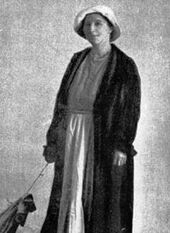
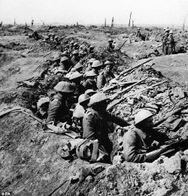

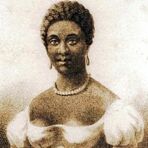
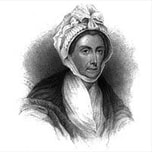
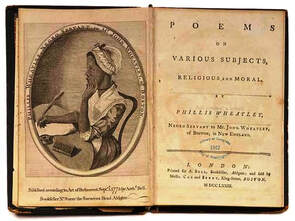
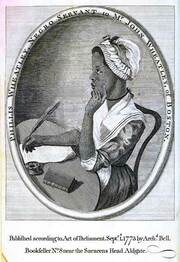
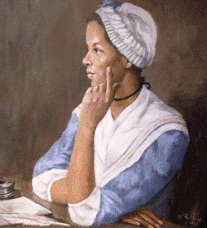
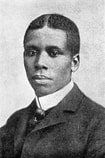
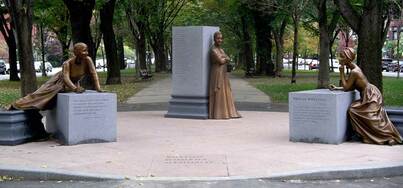
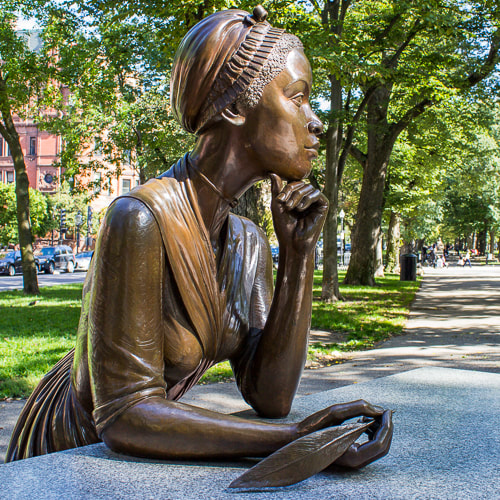
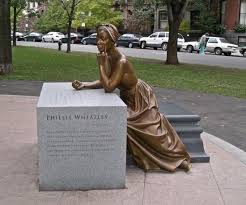
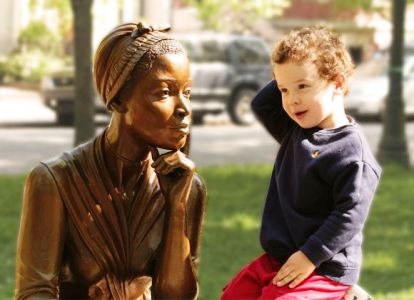
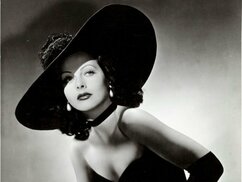
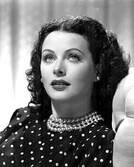
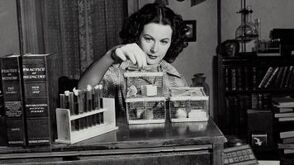

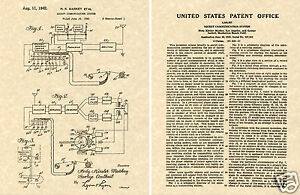



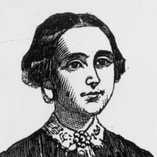
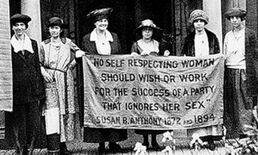
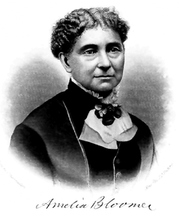

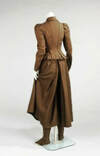

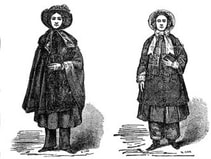
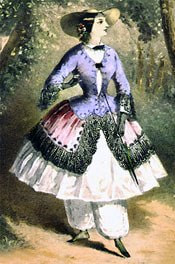
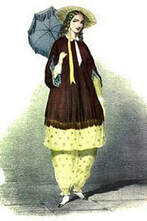
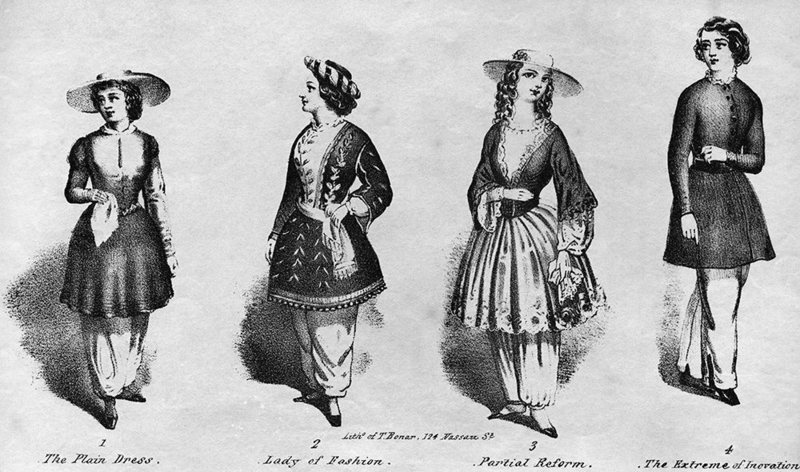
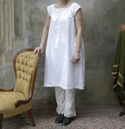
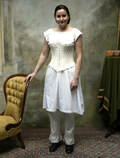

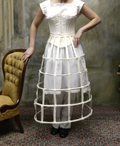
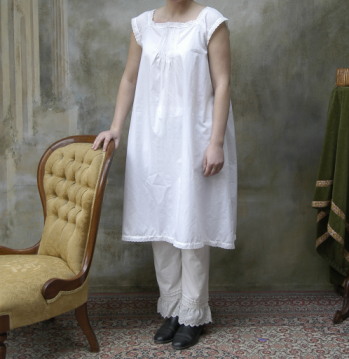








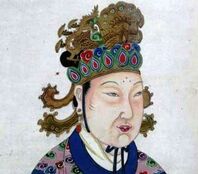

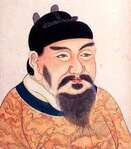
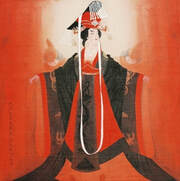
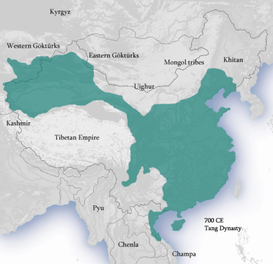

 RSS Feed
RSS Feed